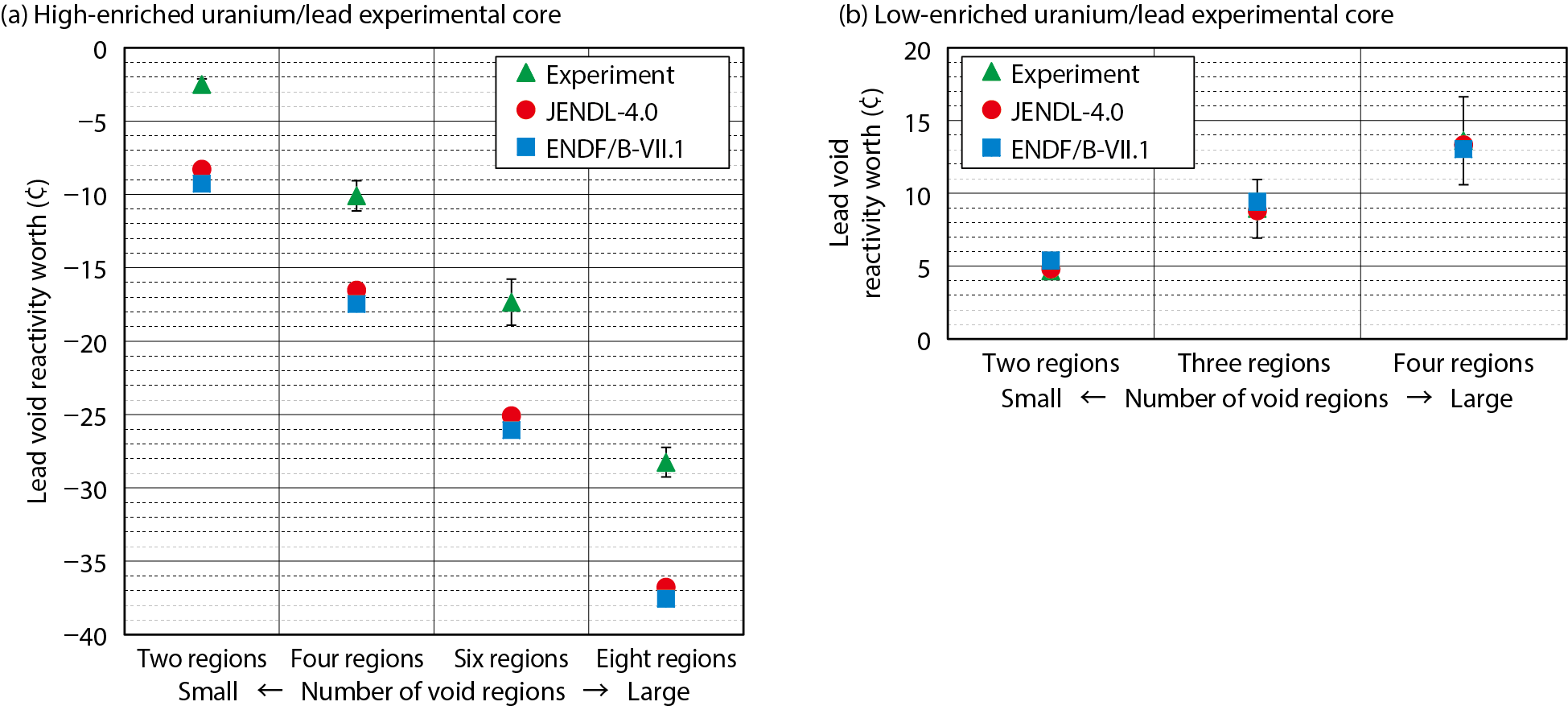
Fig.4-15 Comparison of experimental and calculated lead-void-reactivity worths
The high-level radioactive waste (HLW) remaining after removal of uranium (U) and plutonium (Pu) by reprocessing spent fuel emitted from nuclear power plants contains long-lived nuclides that continue to emit strong radiation for a long period of time. Thus, it must be buried in a stable stratum deeper than several hundred meters, so as not to affect the human living environment. In order to reduce the environmental burden of HLW, we have investigated a fast neutron system dedicated to transmutation (accelerator-driven system: ADS) that is capable of converting partitioned long-life nuclides with strong radiotoxicity into stable or short-lived nuclides by fission as a nuclear reaction with neutrons. We have considered using chemically stable lead bismuth for the ADS as a highly safe coolant. However, Japan has no experience with the use of lead bismuth as a nuclear reactor coolant, and the characteristics of the nuclear reaction (nuclear-reaction cross section) of lead have not been sufficiently verified. Therefore, in this research, we obtained new experimental data to validate the nuclear-reaction cross section of lead in fast neutron cores using a critical assembly in the United States.
In the ADS, fast neutrons generated by the spallation reaction of lead bismuth are gradually moderated by nuclear reaction with lead-bismuth coolant, leading to fission after being absorbed. Fast neutrons generated by nuclear fission are also used for the next fission reaction through a similar moderation process (fission chain reaction). Therefore, in order to correctly predict the neutron-mediated fission chain reaction in the ADS, it is important to accurately evaluate the nuclear-reaction cross section with lead in the coolant for neutron moderation. Moreover, the fission chain reaction exhibits different tendencies for different types of fuel. Therefore, we constructed two typical experimental cores (a high-enriched uranium (HEU)/lead-experimental core rich in 235U and a low-enriched uranium (LEU)/lead-experimental core rich in 238U) in this experiment. By removing (voiding) the lead from these experimental cores, we measured the influence (lead-void-reactivity worth) of the decrease in the amount of neutrons moderated by lead upon the fission chain reaction in the fast-neutron systems. Thus, the accuracy of the reaction between lead and neutrons can be verified by evaluating the change of the nuclear-fission chain reaction under the presence or absence of lead in each experimental core.
In the HEU fuel containing a large amount of 235U, neutrons moderated by lead generally have a higher probability of fission than unmoderated fast neutrons. Therefore, the removing lead from the HEU/lead experimental core decreases the amount of moderated neutrons and then the fission chain reaction becomes less likely to occur. This resulted in a negative lead-void-reactivity worth in that core (Fig.4-15(a)). In the LEU-fuel rich in 238U, on the other hand, unmoderated fast neutrons have a higher probability of fission than neutrons moderated by lead. Therefore, removing lead from the LEU/lead experimental core makes it easy for the fission chain reaction to occur: the lead-void-reactivity worth was observed to be positive (Fig.4-15(b)). In addition, these measurements were compared with the calculation values of lead-void-reactivity worth using nuclear-reaction cross-section data (nuclear data) developed by Japan and the United States. It was found that, in the LEU/lead experimental core, the calculation results well reproduced the experimental ones. In the HEU/lead experimental core, however, the calculation results overestimated the experimental values.
By this experiment, we acquired effective data for multidirectional validation of the nuclear-reaction cross sections of lead under changes to the type of fuel. We will continue cooperation between Japan and the United States to advance the research and the development on transmutation technology by expanding the experimental data for validating the nuclear-reaction cross section of lead in the fast-neutron system.
This study is a part of the collaborative result with the Los Alamos National Laboratory in the United States.